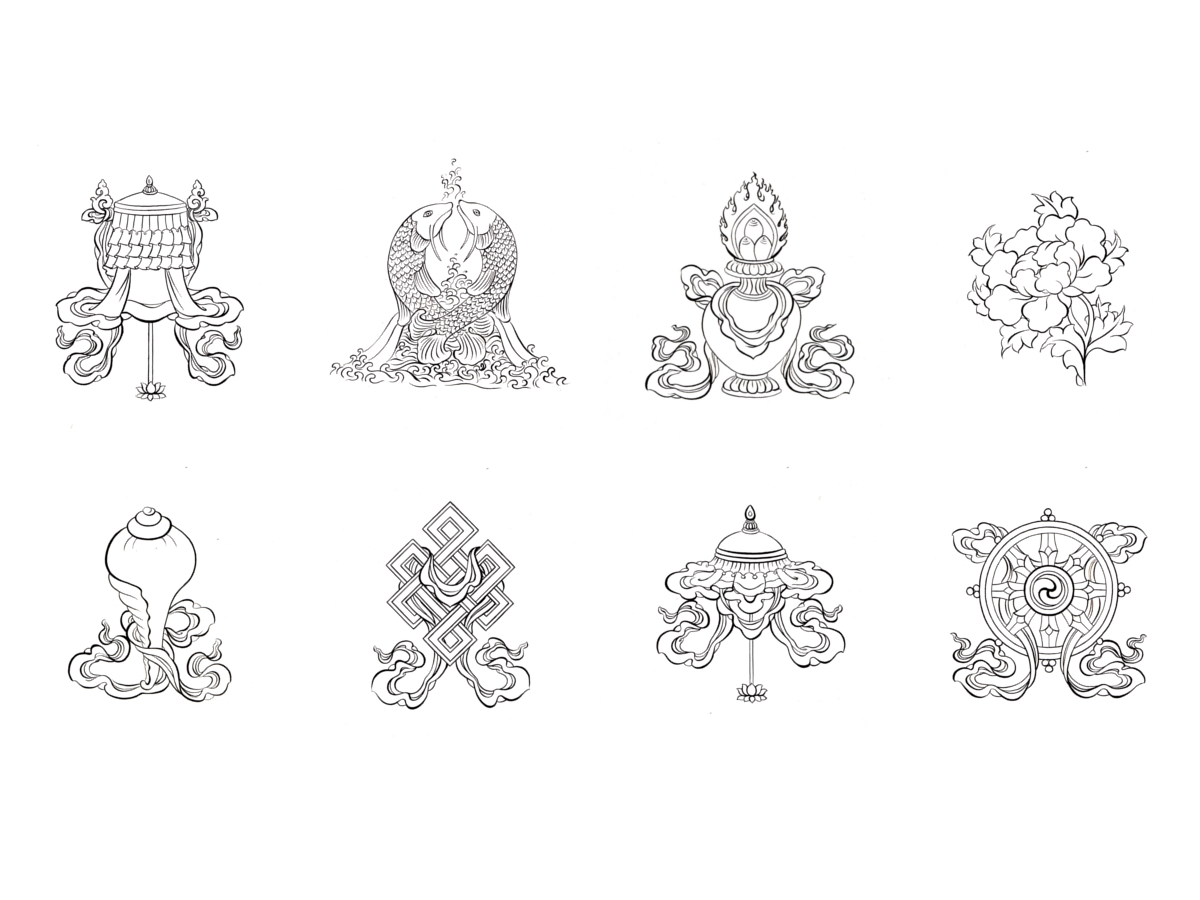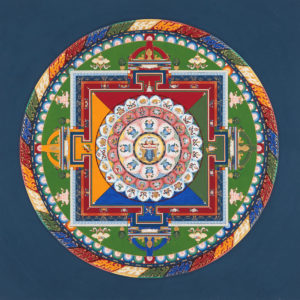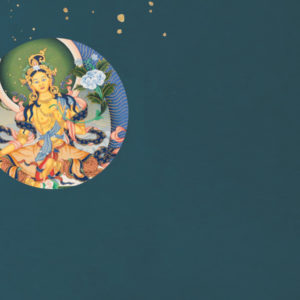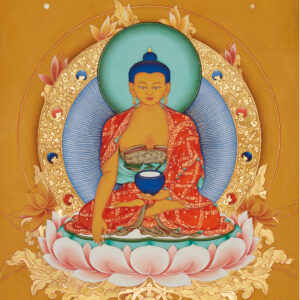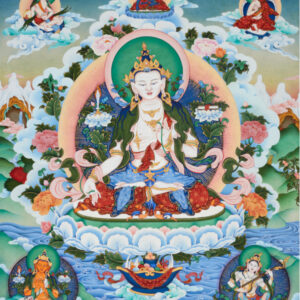The eight auspicious symbols
The Eight Symbols of Good Auspicious, Astamamgala, from Sanskrit aṣṭa – eight and mamgala – of good omen, is a set of symbols of Buddhism, also widespread in Tibet. These eight symbols are already present in the canonical texts of Indian Buddhism, i.e. in the texts written in Pali and Sanskrit. In Buddhism they are associated with different qualities and principles.
They are also called Eight Precious Symbols and constitute one of the most well-known groups of symbols of Tibetan culture. They have always been used in traditional ceremonies and special occasions, and have become increasingly important over the centuries.
The eight symbols are traditionally listed in this order:
– The Parasol
– The Pair of Gold Fish
– The Vase of Treasure
– The Lotus Flower
– The Shell
– The Infinite Knot
– The Flag of Victory
– The Dharma Wheel
In the Buddhist tradition, these eight symbols represent the offerings presented by the Vedic gods to the Buddha Shakyamuni at the moment of reaching his enlightenment.
The first to appear was Brahma, who presented a golden wheel with a thousand spokes as a sign of symbolic request to the Buddha to transmit his teachings “by turning the wheel of Dharma”. Below appeared the great god of heaven Indra who presented his powerful white shell horn as a request to the Buddha to proclaim the truth of the Dharma. The earth goddess Sthavara, who had witnessed the Buddha’s enlightenment, presented the Buddha with a golden vase full of the nectar of immortality.
In Chinese Buddhism the eight symbols indicate eight vital organs of the Buddha’s body, for example the Dharma wheel represents his heart and the pair of fish his kidneys. A similar Tibetan tradition identifies them as the physical aspects of the Buddha’s body: the parasol represents the head, the fish the eyes, the vase his neck, the lotus his tongue, the wheel his feet, the flag of victory the body, the shell the word and the infinite knot the mind.
They are often found repeated on kate (the Tibetan scarf of good omen and blessing), in Gompa as on the doors of houses, in thangka as on flags or tapestries and engraved on various objects. They can decorate walls, beams, sides of thrones and many other objects of both religious and profane use. In addition, they are drawn on the ground with white powder when important religious or civil personalities are expected to pass through.
In Tibetan art they can be represented individually, in pairs, in groups of four or eight.
Sometimes they are represented in a unique composition that takes the form of a vase. In this type of composition the symbol of the vase can be omitted.



